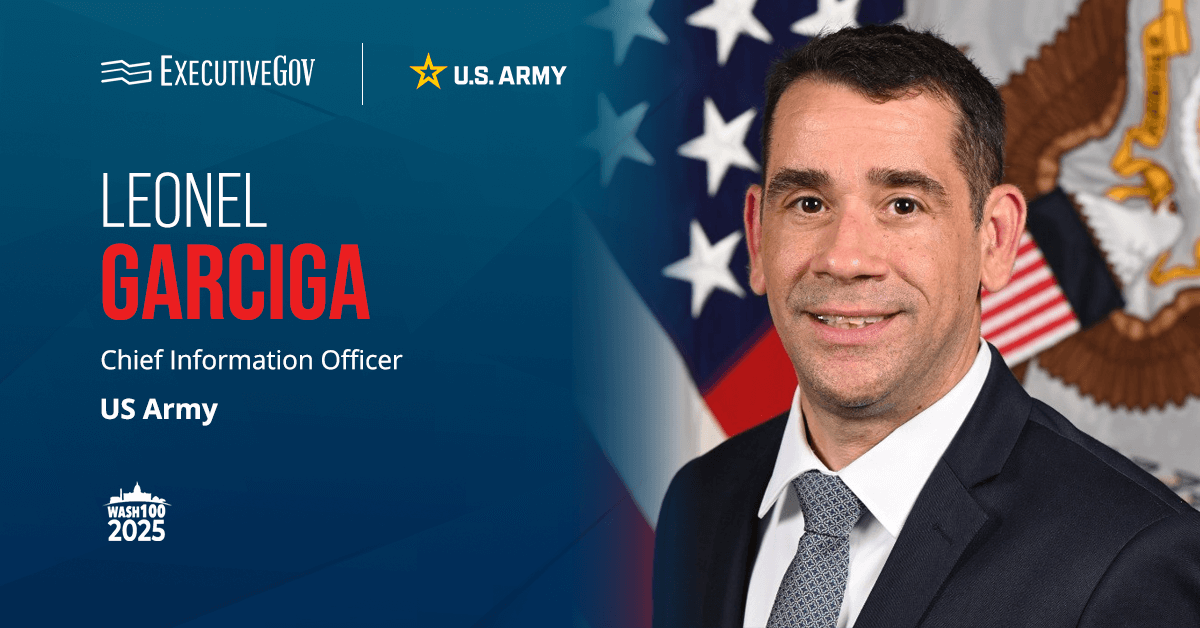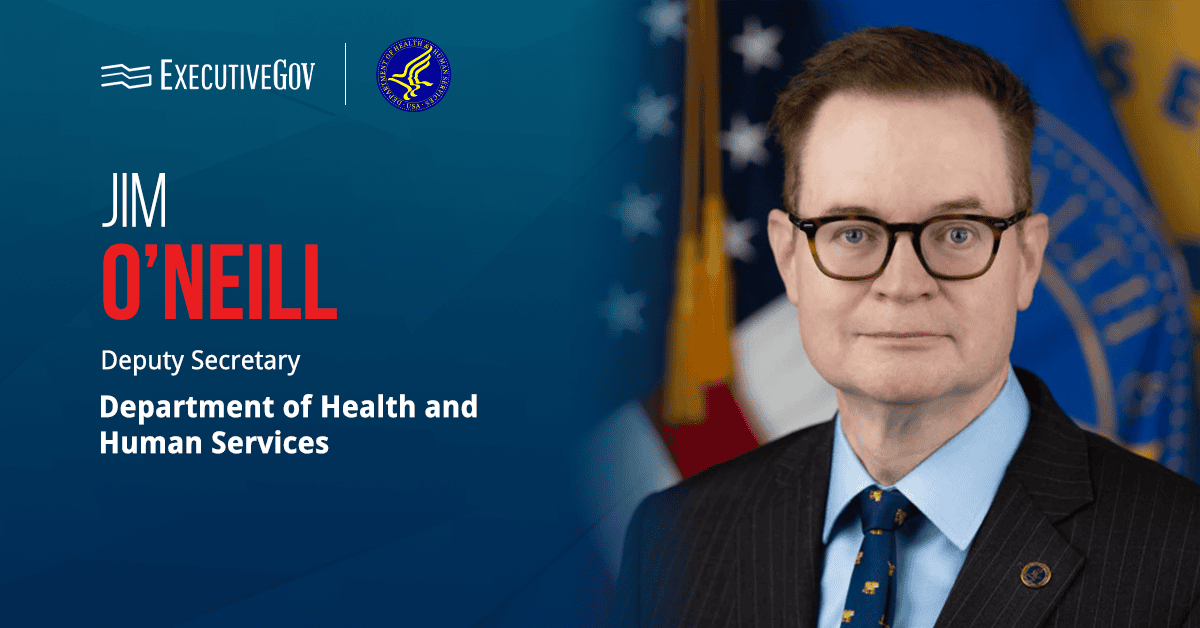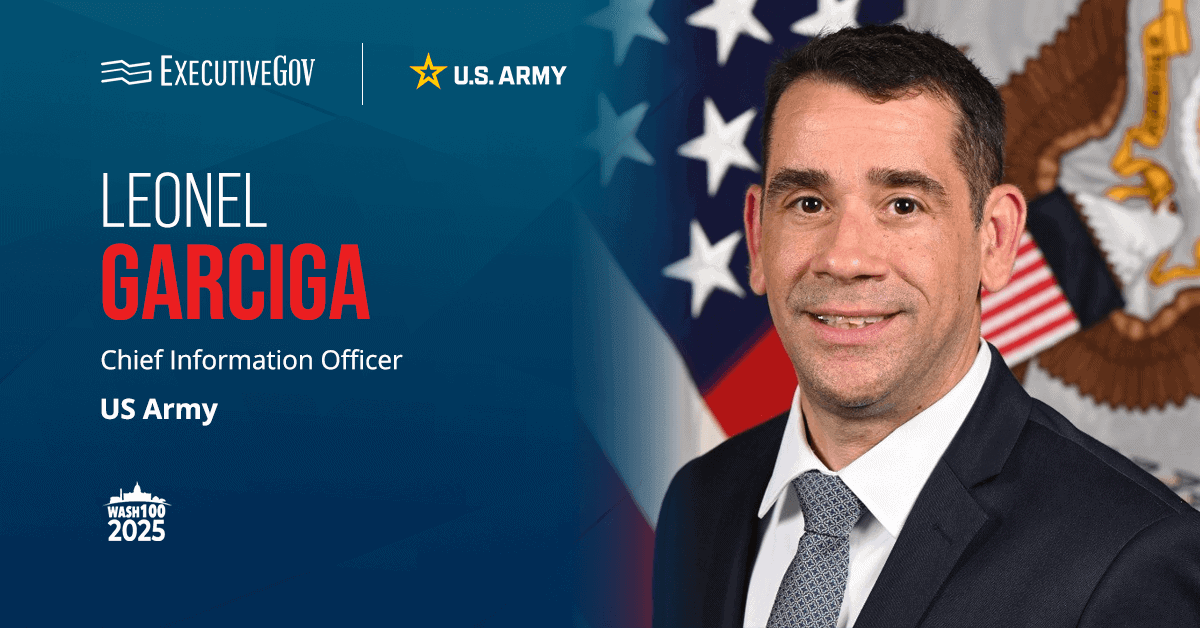Leonel Garciga, the U.S. Army’s chief information officer and a 2025 Wash100 Award recipient, said the military branch’s Unified Network Operations, or UNO, initiative will enable the service to gain better visibility into its technology stack and reduce the number of duplicative applications, Federal News Network reported Friday.
“Unifying the network is that very first step to being able to see ourselves and operationalize the network in a way that lets us take action that historically you would only have in pockets across the army. Now we’ve got that at an enterprise level,” Garciga said on FNN’s Ask the CIO.
“I think the bigger thing strategically that as an Army we’re working is we’ve been on this unified network plan for a while. It’s this idea of really taking and centralizing services and delivering them very differently to the force versus distributed services across the service,” the two-time Wash100 awardee added.
Table of Contents
UNO Is Driving 2 Things
The Army CIO noted that the UNO initiative is driving two things at the service branch: enabling the service to change its tactics, techniques and protocols, and providing an opportunity to end some legacy platforms.
“Two things are happening: We have got to change our tactics, techniques and protocols (TTPs), which UNO is driving a lot of that. I think the bigger thing is we’re very quickly finding where we have opportunities not to just optimize our delivery model, but where we have opportunities to sunset some legacy capabilities and really rethink organizationally how we deliver and that’s where we’re finding the most of the bang for the buck,” he explained.
Supporting Cyber Analysts Through Network Consolidation
Garciga stated that the network consolidation effort across the Army is helping cybersecurity analysts to address issues in real time.
“I think on the cybersecurity side, the visibility at scale of endpoints, and being able to make informed decisions on risk is really important,” the career civil servant noted. “That’s what the unified network is bringing. It’s bringing those metrics now and making them visible across the enterprise so we can have a very open conversation on the risks that we’re going to take, and also of where we need to take action immediately.”





